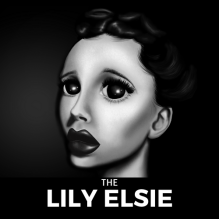“Elsa Schiaparelli was launched as a fashion designer by Vogue in November 1927 and for over a decade she’s and her rival Gabrielle ‘Coco’. Chanel dominated fashion both on and off the pages of the magazine.
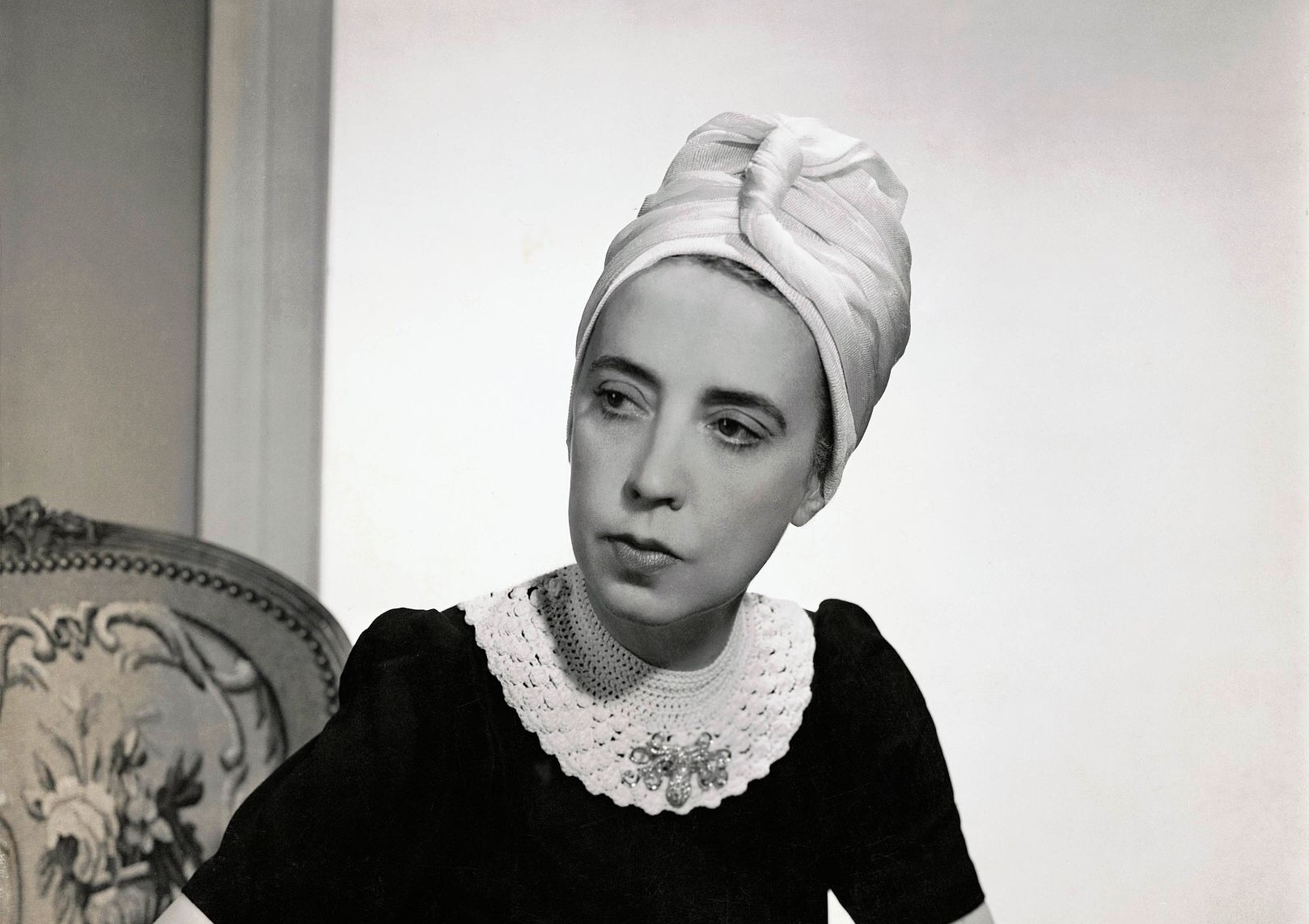
(Fredrich Baker/Condé Nast, 1940)
Courtesy of Getty Images
Like her mentor French Couturier Paul Poiret, Schiaparelli collaborated with leading artists, illustrators and photographers. She involved herself with the principle figures of the surrealist movement, including Jean Cocteau, Eduardo Benito and Salvador Dali. Schiaparelli’s oeuvre was not confined purely to Surrealism. She moved from playful Sportswear to body-conscious silhouettes, ave women shoulders and waists, eroticised their bottoms and played with fetish and risqué symbolism.
An inspiration to Yves Saint Laurent, Jean Paul Gaultier, Stephen Jones and the equally iconoclastic and experimental Alexander McQueen, Schiaparelli saw herself first and foremost as an artist.”
-Vogue on Elsa Schiaparelli (Watt, 2012, p.9)
Early Life
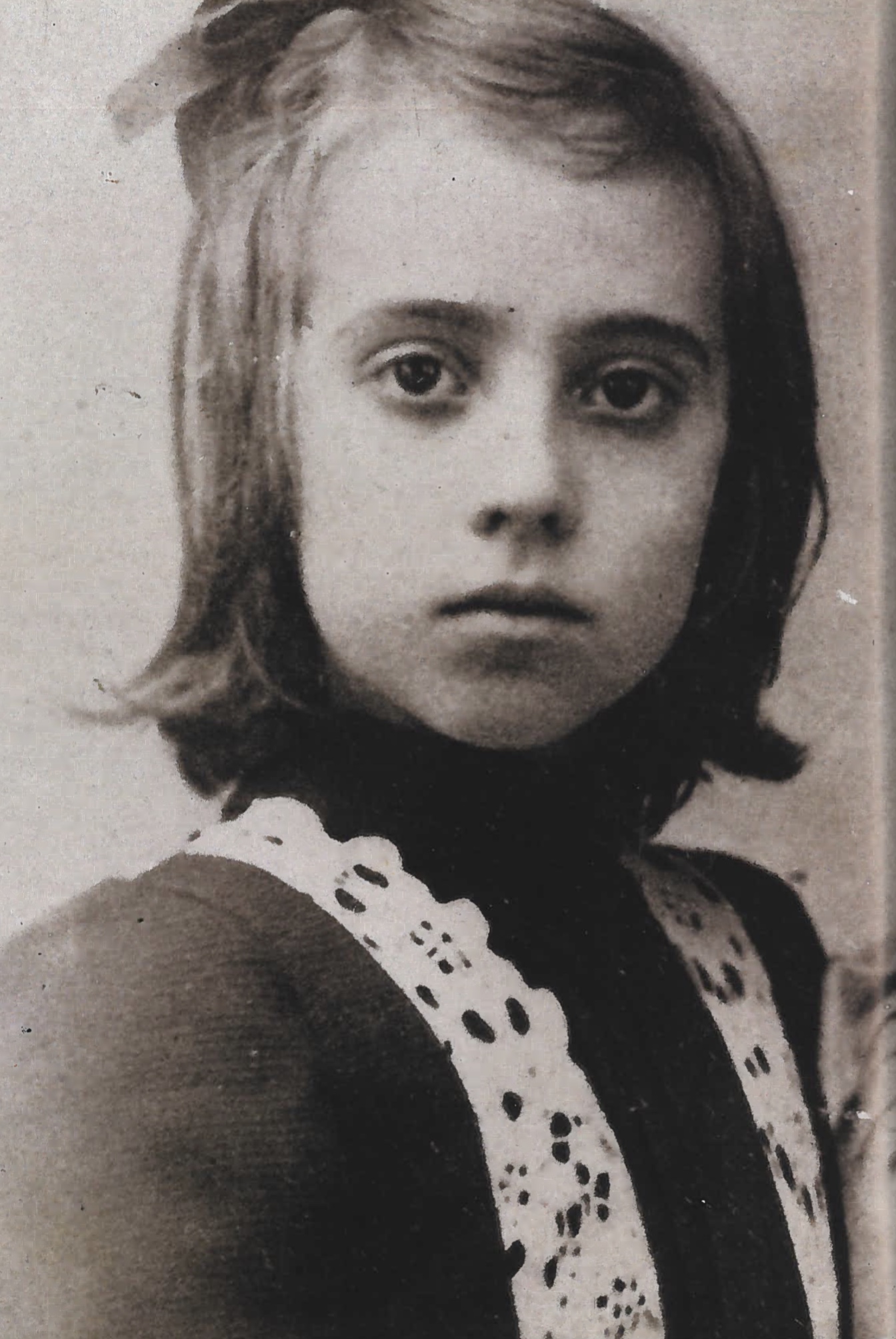
Extracted from ‘Elsa Schiaparelli’s Private Album’
(Berenson, 2014, p.12)
Elsa Lusia Maria Schiaparelli was born in Rome on September 10th 1890. She is of Italian, Scottish and Egyptian heritage. Schiaparelli came from a middle-class background and was very well learned and intellectual due her her family’s influence. Her father Celestino Schiaparelli was Dean of the University of Rome, as well as head of the Library of Accademia Nazionale Demi Lincei e Corsiniana. Her cousin Ernesto was an Egyptologist and her Aunt Lillian was a traveller who would always send young Elsa exotic gifts. She is also the great-niece of astronomer Giovanni Schiaparelli, who discovered the canals of Mars.
Although she had a good upbringing, Schiaparelli had a strained relationship with her mother Maria-Luisa, who made it no secret to Schiaparelli, that “she was as ugly as her sister was beautiful” (Schiaparelli, 1954). This resulted in Schiaparelli becoming a strong-willed, rebellious child, who was incredibly insecure about her physical appearance.
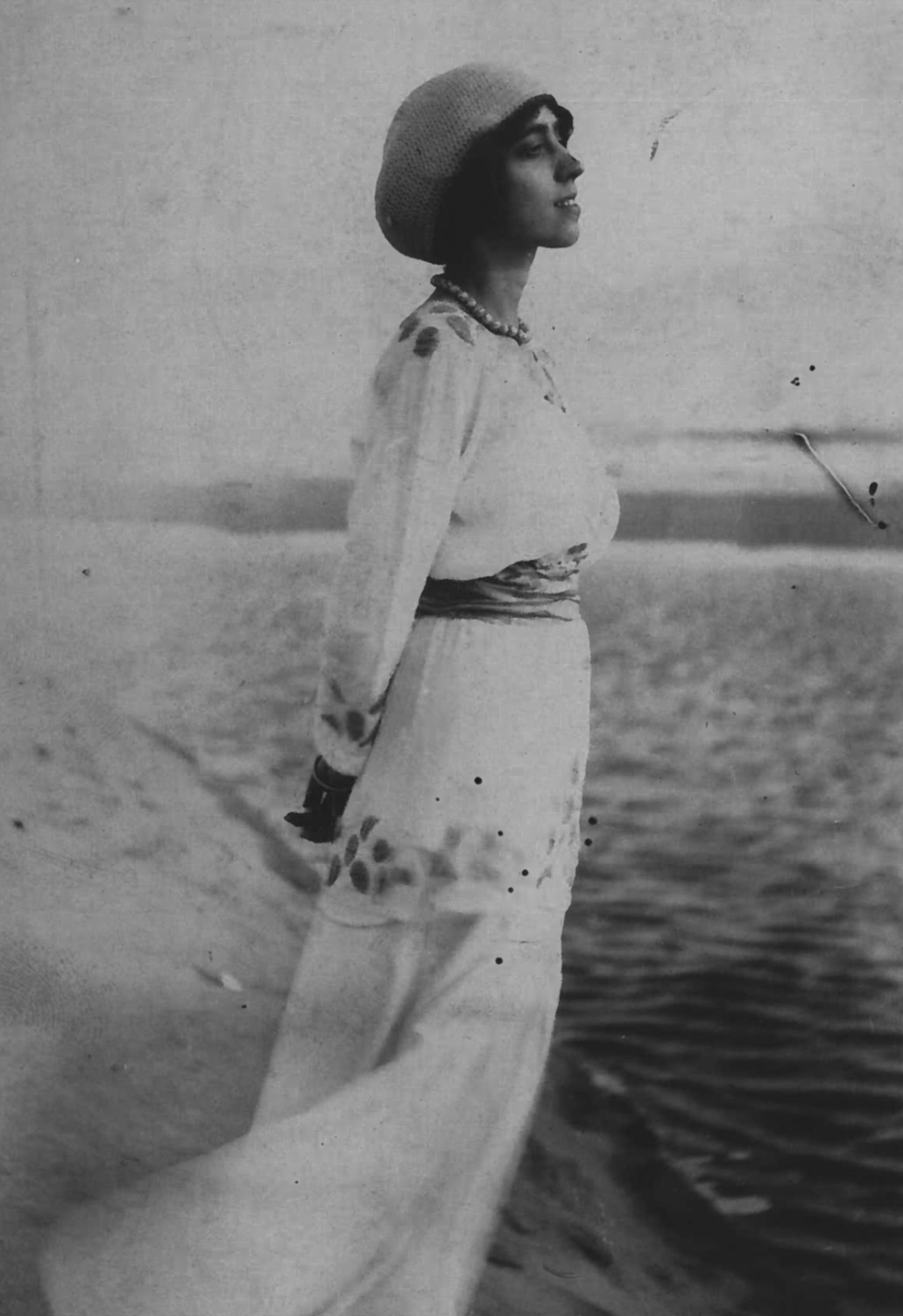
Extracted from ‘Elsa Schiaparelli’s Private Album’
(Berenson, 2014, p.24)
Regardless of her insecurities, as a debutante she was a major flirt. To pass time and relieve her depression, (something she battled with throughout her life) she would amuse herself by making her admirers wear mauve, the colour of mourning. She also drew, painted and wrote poetry in her spare time. She published Arethusa in 1911, which was a slim volume of sensual poetry. The book was too free and lecherous for the time, bringing great shame to her family.
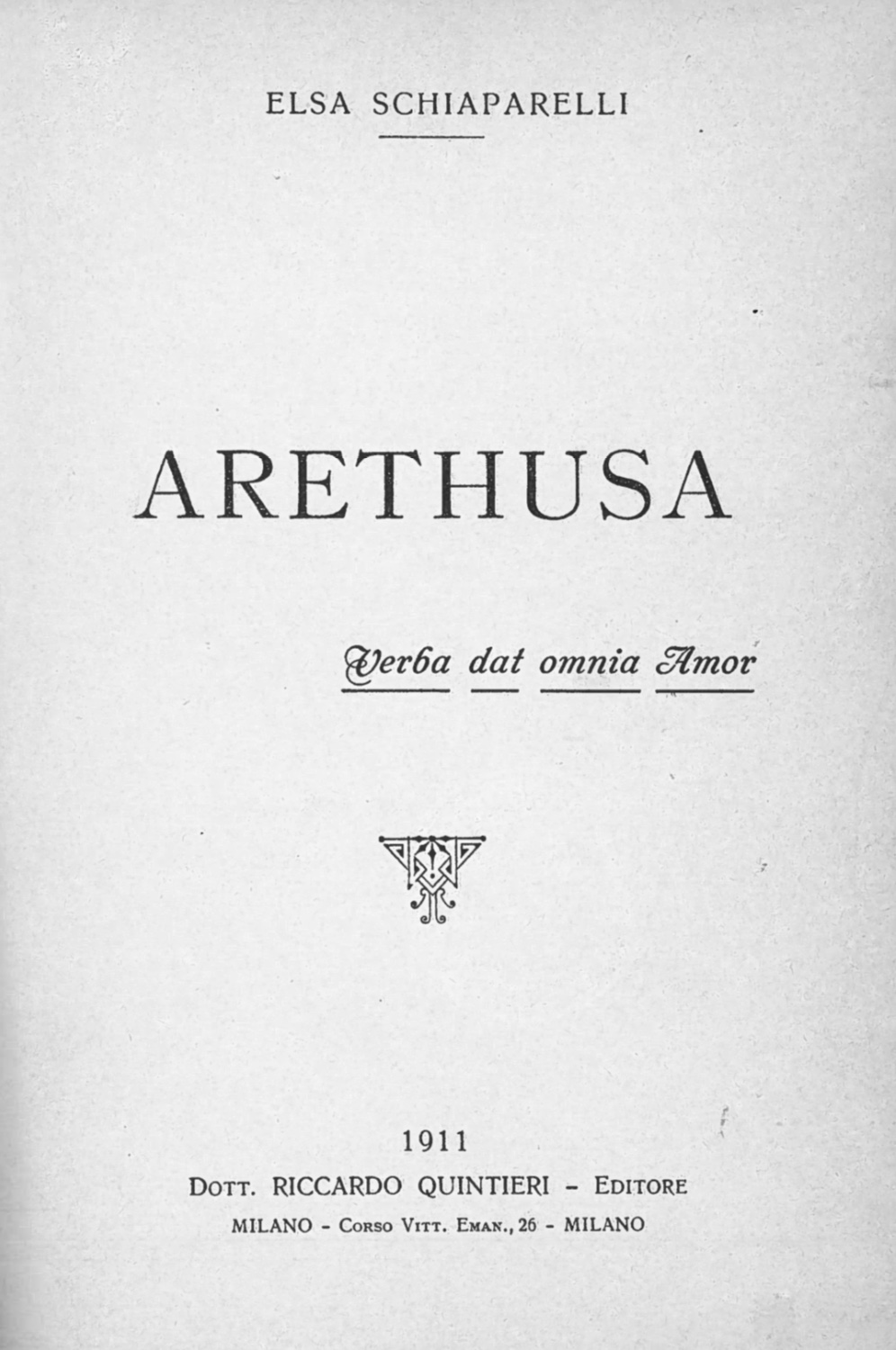
Extracted from ‘Elsa Schiaparelli’s Private Album’
(Berenson, 2014, p.27)
Her parents sent her to a convent boarding school in Switzerland as punishment. True to her dramatic and strong personality, she protested by going on hunger strike, and was eventually given leave.
In 1913, when her parents arranged a marriage between her and a wealthy Russian suitor, she quickly escaped to London, where she became a nanny. In London she attended lectures and visited art galleries. She attended a talk by Count William de Wendt de Kerlor, who was a paranormal expert and con man. Schiaparelli was immediately enamoured by him, they got married the next day.
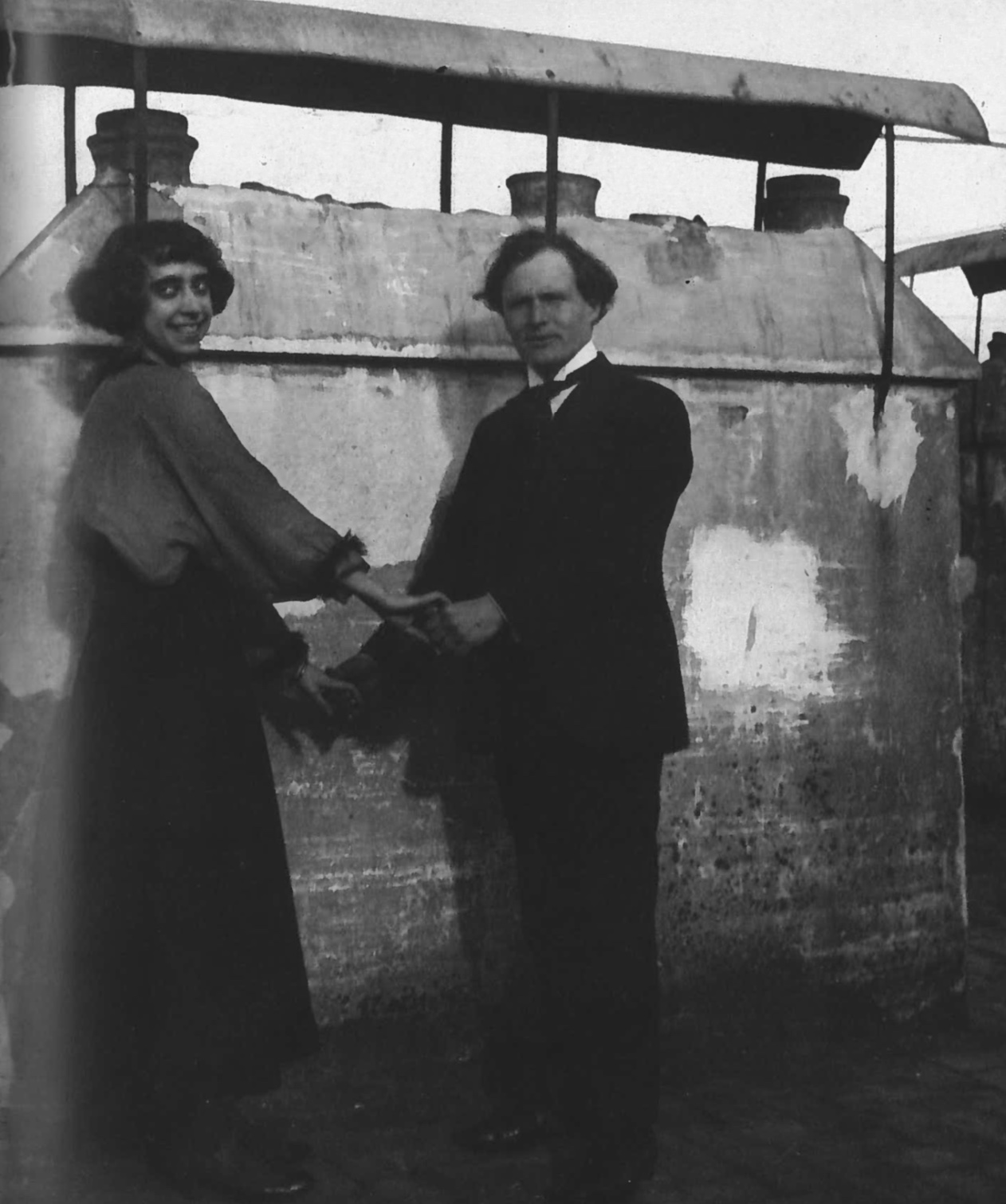
Extracted from ‘Elsa Schiaparelli’s Private Album’
(Berenson, 2014, p.35)
They married at a registry office; Schiaparelli recalls the day being disrupted by suffragettes, who Schiaparelli described as ‘mad masculine furies, individually and collectively hideous’ (Watt, 2012, p.11). Their marriage was never a happy one. De Kerlor was a womaniser and found it hard to hold down a job, resulting in the couple living off Schiaparelli’s dowry for the first few months. They moved to New York for better opportunity but the couple continued to live a peripatetic life. Schiaparelli worked various jobs to make ends meet.
In 1920 Schiaparelli gave birth to her daughter Countess Maria Luisa Yvonne Radha de Wendt de Kerlor, a.k.a ‘Gogo’. Soon after the birth of her daughter, her husband abandoned her and the baby.
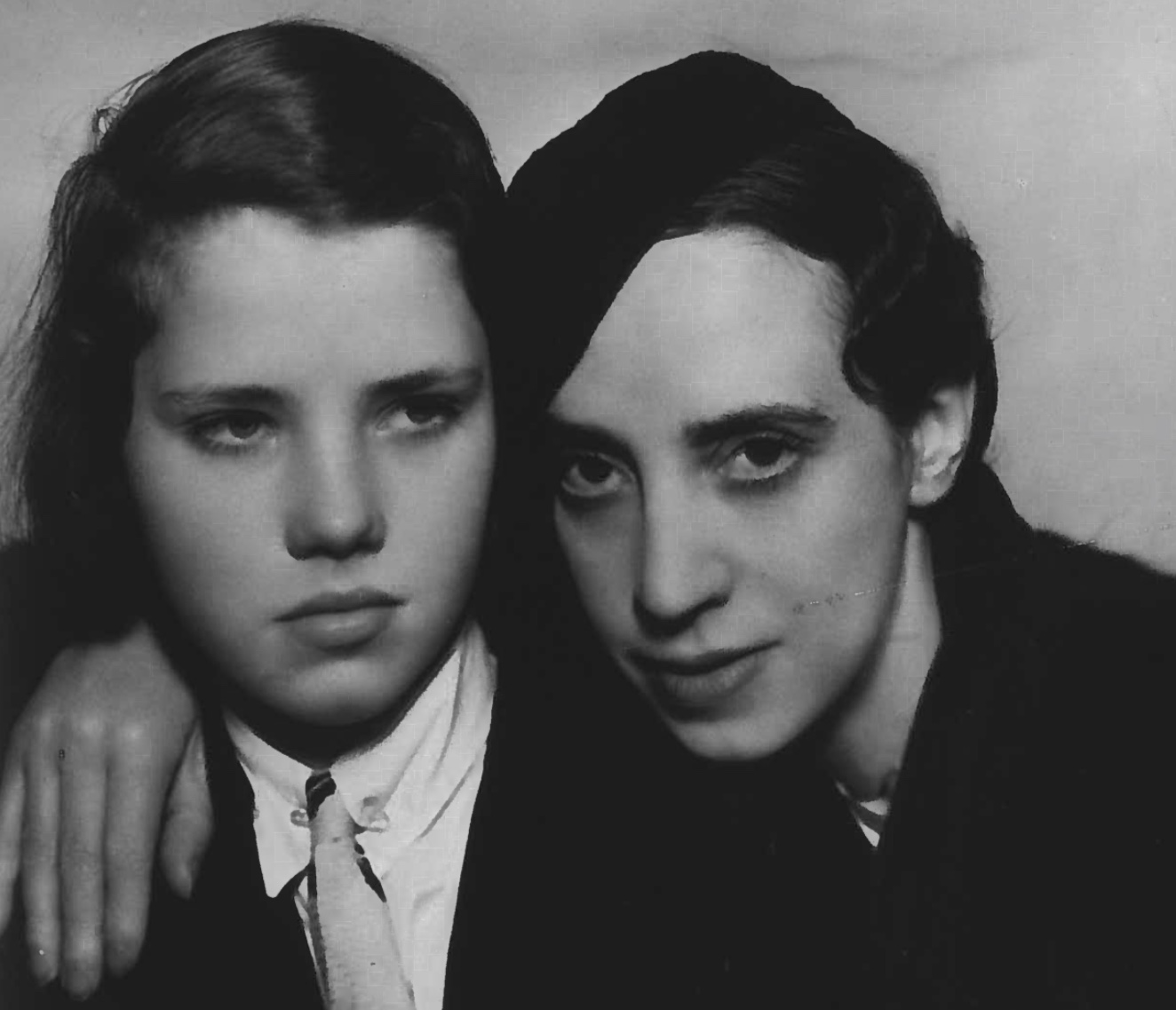
Extracted from ‘Elsa Schiaparelli’s Private Album’
(Berenson, 2014, p.39)
Step into Fashion
In 1922, Schiaparelli officially divorced from her husband and, with the help of Gabrielle Picabia, whom she met enroute to New York, moved to Paris with her daughter. Schiaparelli lived with Picabia in Paris and started to work with her, designing and making clothes. Picabia owned a fashion boutique and was influential in helping Schiaparelli develop her career in fashion.
Schiaparelli visited the haute couture house, Maison Paul Poiret, where she met the man himself. In her autobiography ‘Shocking Life!’ Schiaparelli describes her first meeting with Paul Poiret:
‘It was then that I met Paul Poiret, whom I greatly admired and considered the greatest artist of all time. One day I accompanied a rich American friend to the small house bursting with colour which Paul Poiret had in the Rue St Honore. It was my first visit to a maison de couture. I gazed around moonstruck. Silently I tried things on and became so enthusiastic that I forgot where I was, and walked in front of the mirrors not too displeased with myself. I put on a coat of large, loose cut…it was magnificent.
“Why don’t you buy it madamoiselle? It might have been made for you”
The great Poiret himself was looking at me. I felt the impact of our personalities.
“I cannot buy it,” I said. “It is certainly too expensive, and when could I wear it?”
“Don’t worry about money,” said Poiret, “and you could wear anything anywhere.”’ (Baudot, 1997, p.6)
Paul Poiret and Schiaparelli quickly became friends and she began modelling his clothes. She started selling her fashion illustrations to design houses, and with Poiret’s support, she started her own business designing clothes in 1926.
She released her first collection ‘Display no.1’ in January 1927. The collection featured her renowned sweaters adorned with surrealist trompe l’oeil images. Vogue Paris featured three looks from the collection in its February issue. The sweaters were Bauhaus-inspired and unconventional from the striped motif popular at the time.
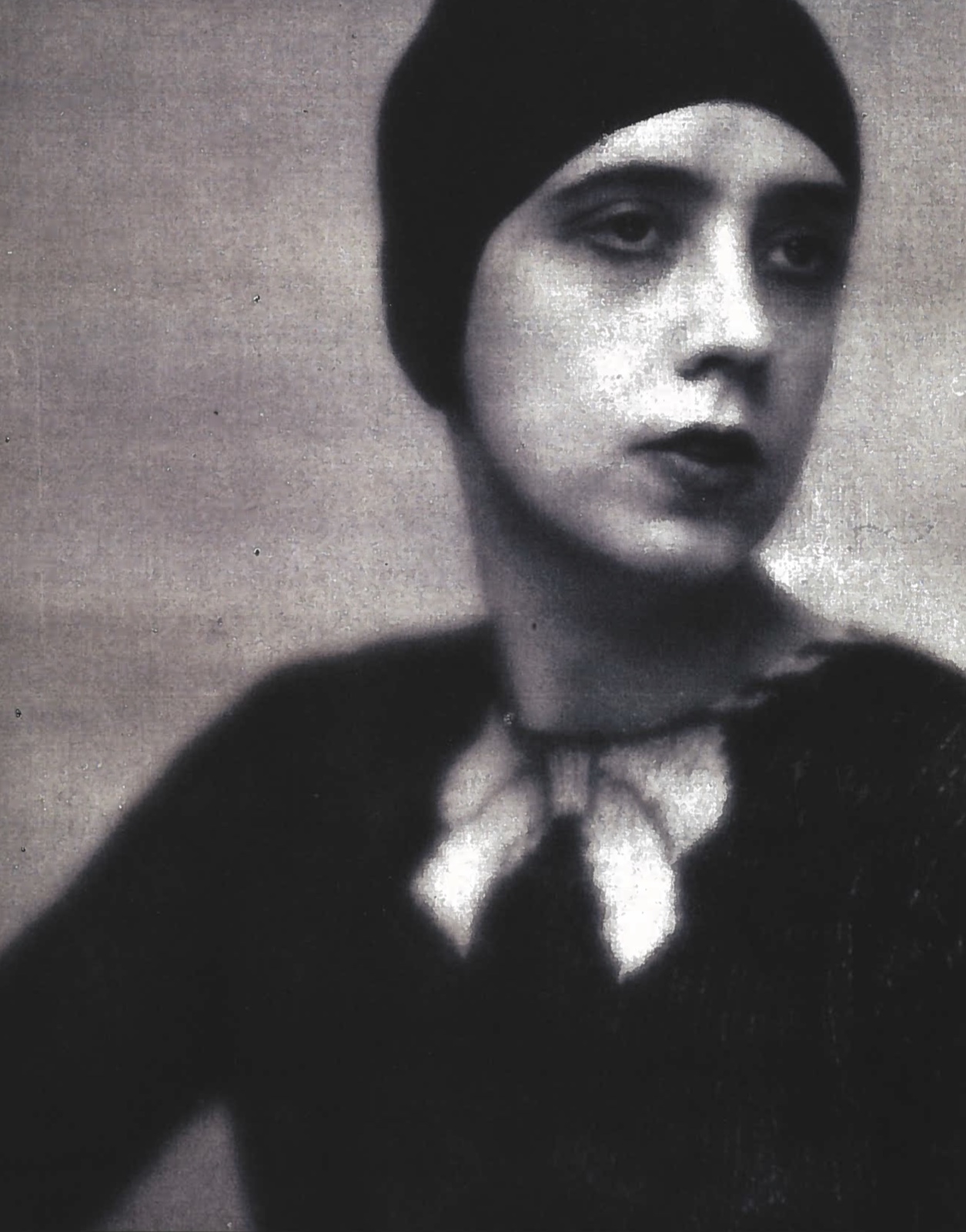
Extracted from ‘Elsa Schiaparelli’s Private Album’
(Berenson, 2014, p.48)

Extracted from ‘Vogue on Elsa Schiaparelli’
(Watt, 2012, p.26)
Success & Later Life
Between 1927-30 Schiaparelli and her arch rival Chanel dominated the fashion world. Both specialised in knitwear and ‘Pour le Sport’ daywear, for the modern woman that was, as described by Vogue, ‘slim, streamlined and boyish’. Schiaparelli looked to Surrealism for inspiration and collaborated with her artist friends to create the bold, unique clothing that set herself apart from her competitors.
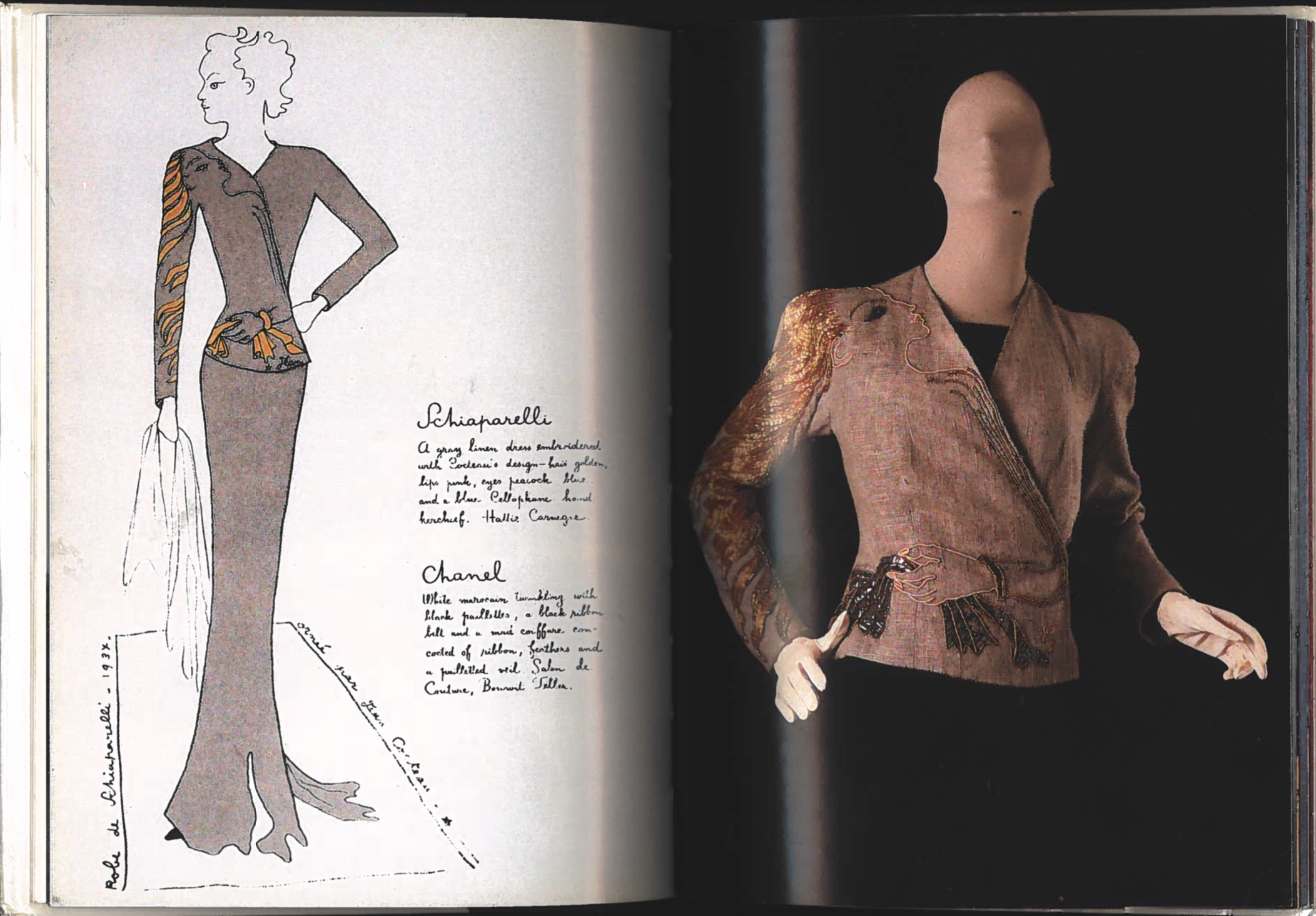
(Baudot, 1997)
In 1934 Schiaparelli became the first fashion designer and businesswoman to appear on the cover of Time magazine. In 1941 she moved back to New York, only to return back to Paris after the war. However, Dior’s New Look was all the rage in fashion, leaving no room in the market for Schiaparelli avant-garde fashions.
Schiaparelli closed shop in 1954 and later died in 1973. Her fashion house in Place Vendôme remained closed until the brand relaunch in 2012.
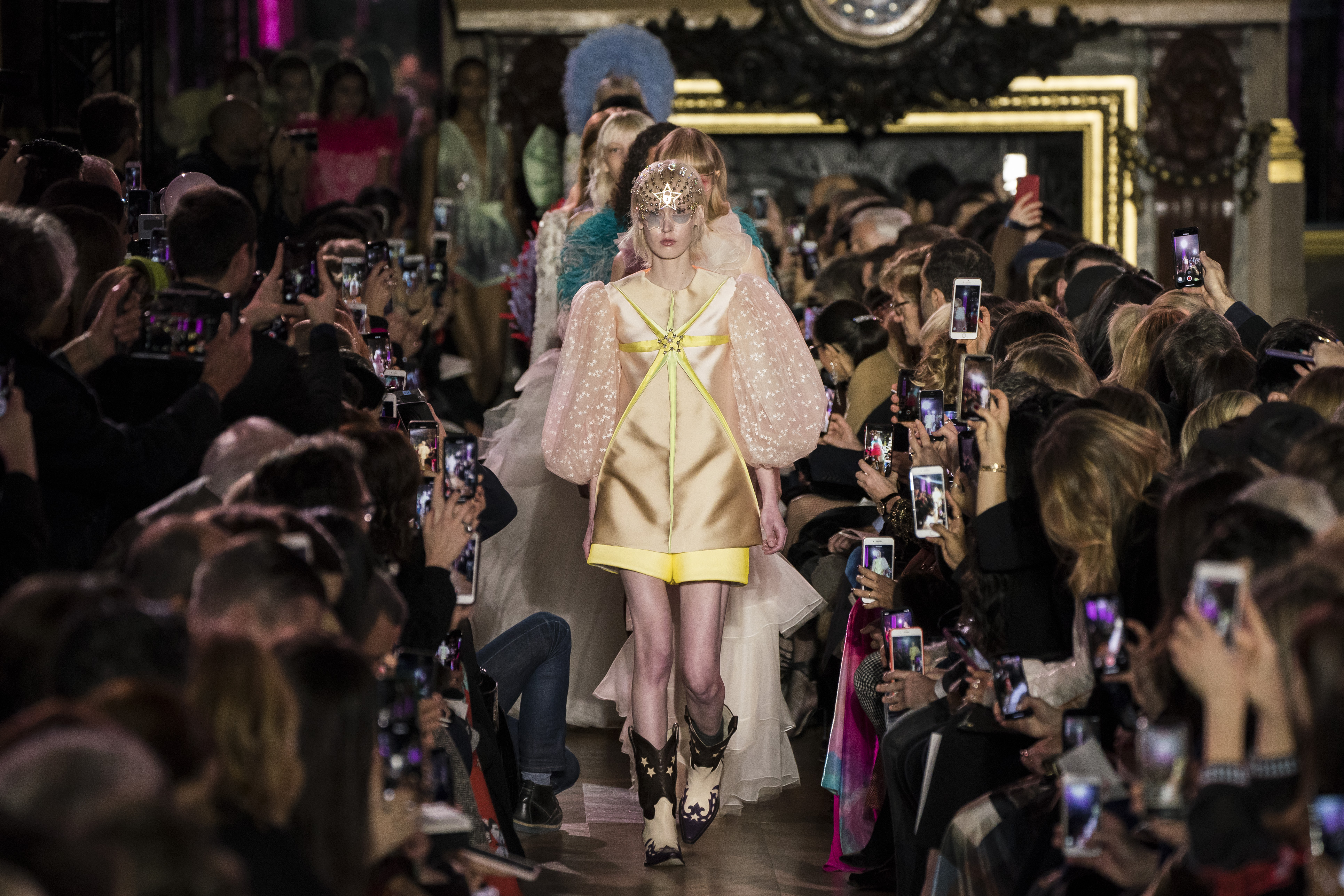
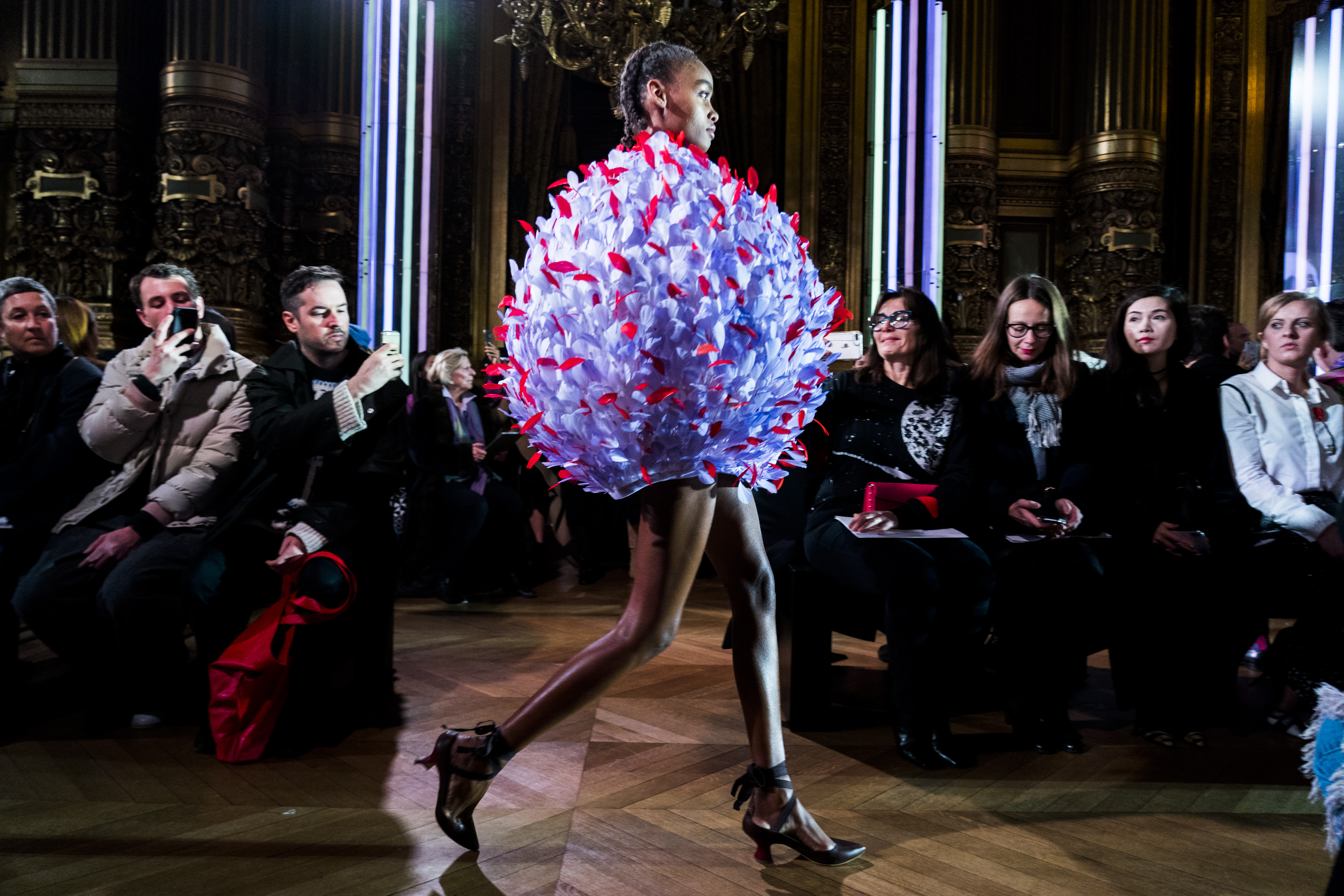

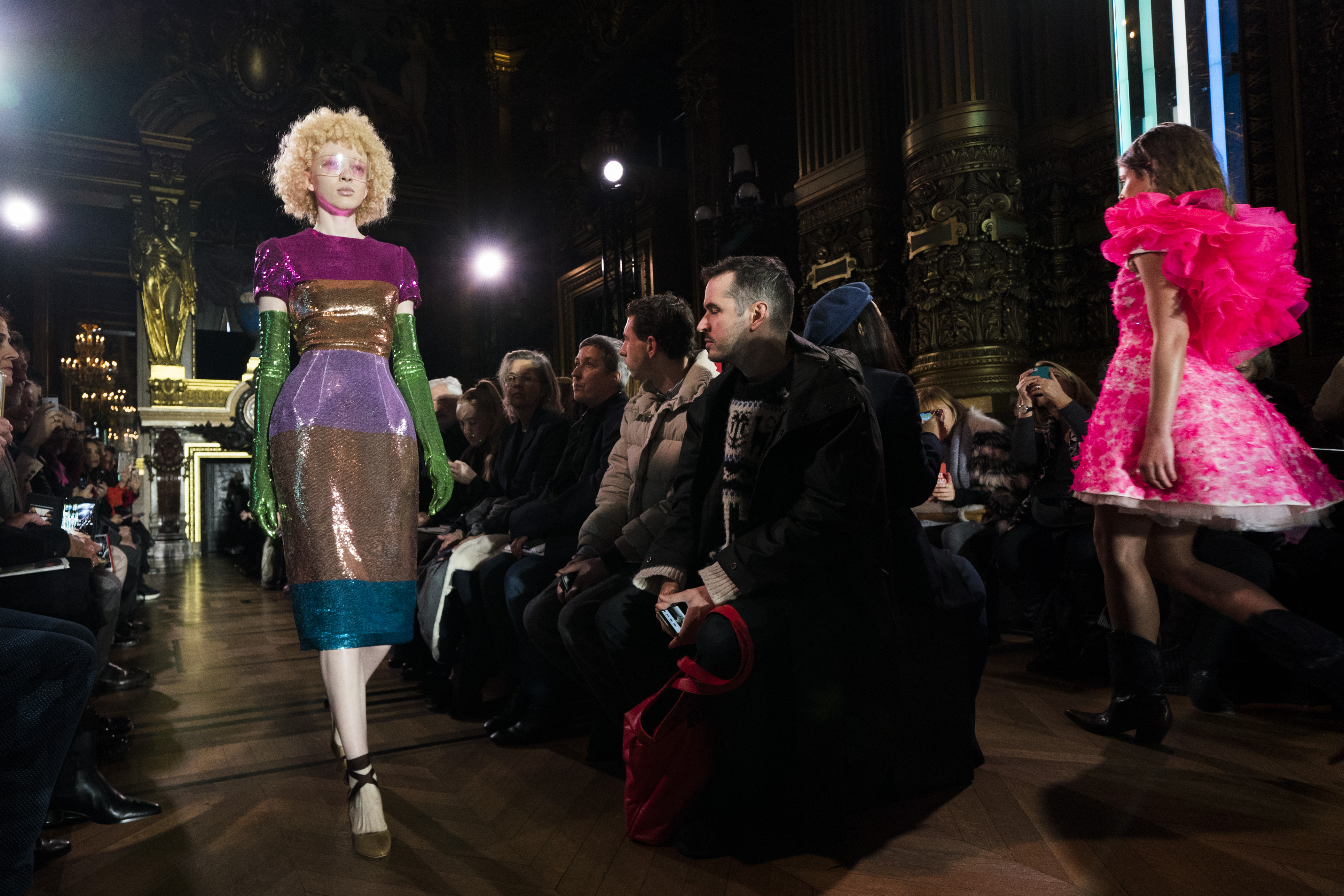
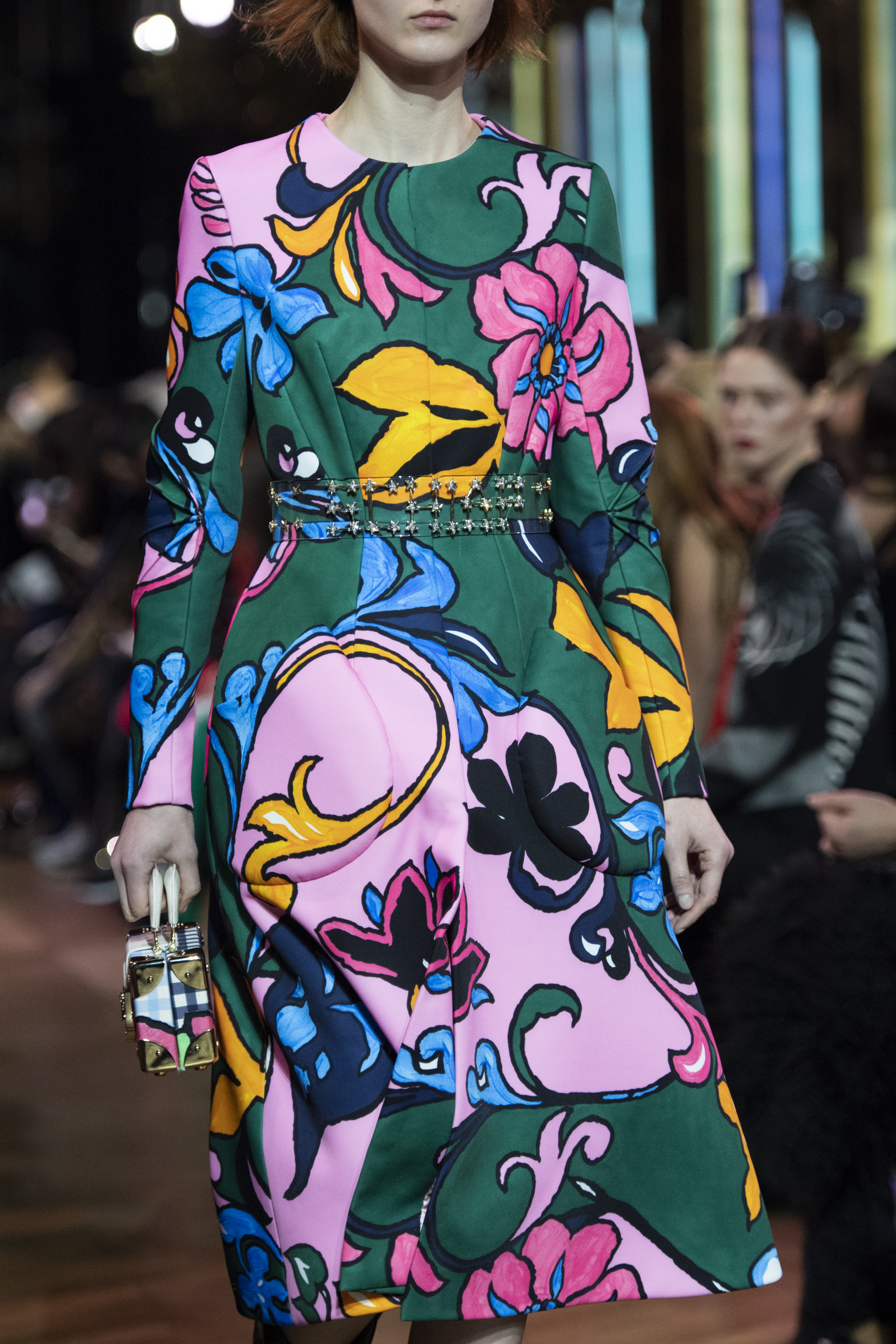
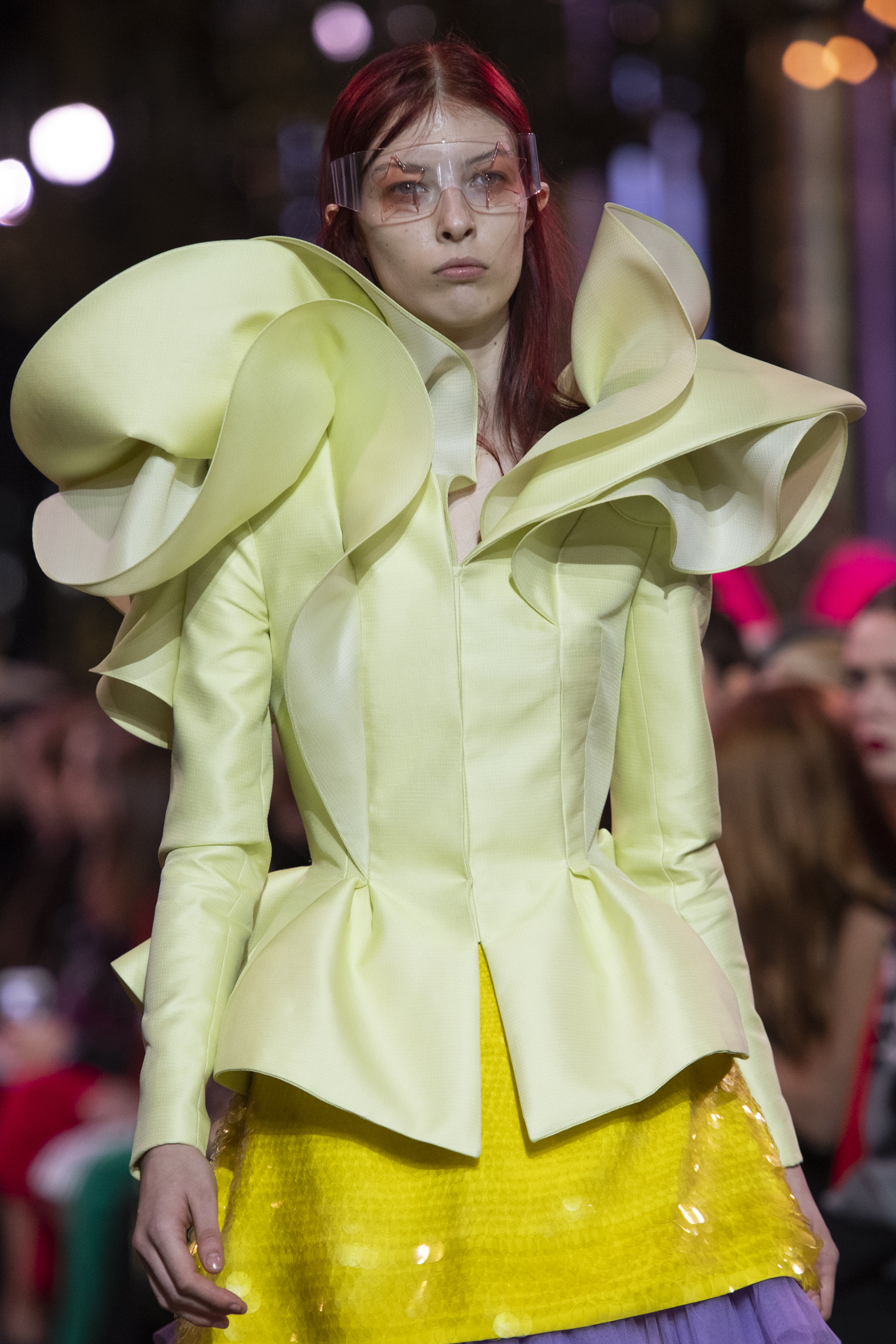
SCHIAPARELLI’S Influence on Fashion Today
Today Schiaparelli is credited as the first designer to create the bridge between fashion and art. Before Schiaparelli, fashion was determined by creating distinction between class and status. When Coco Chanel came on the scene she made her mark by creating fashionable clothes fit for the modern working woman. Schiaparelli adapted Chanel’s theme of comfortability, but added an almost shocking, creative and dramatic flair. In our modern world fashion is a respected art form, and that is because Schiaparelli was the first to see the human body as a canvas that could be decorated and transformed into art.
Schiaparelli collaborated with Surrealist artist Salvador Dalí on a number of unconventional pieces, most notably the ‘Shoe Hat’, which was a hat, designed to look like a high-heeled shoe. It was made by Schiaparelli and designed by Dalí; then modelled by Dalí’s wife in Schiaparelli’s 1937 fall collection. Their collaboration also produced the ‘Lobster Dress’ which was a white silk gown adorned with a lobster painted by Dali. It was inspired by Dali’s renowned ‘Lobster Telephone’ sculpture.
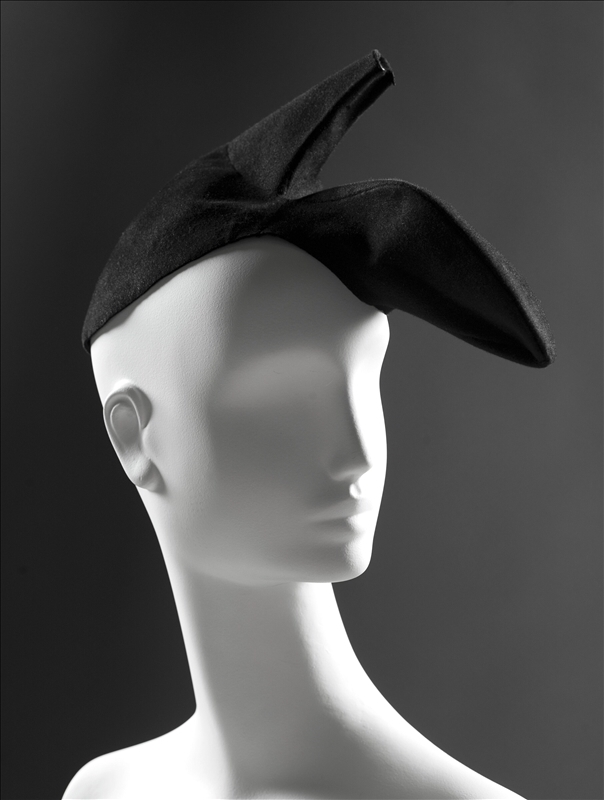
Elsa Schiaparelli and Salvador Dalí, 1937
Courtesy of Palais Galliera
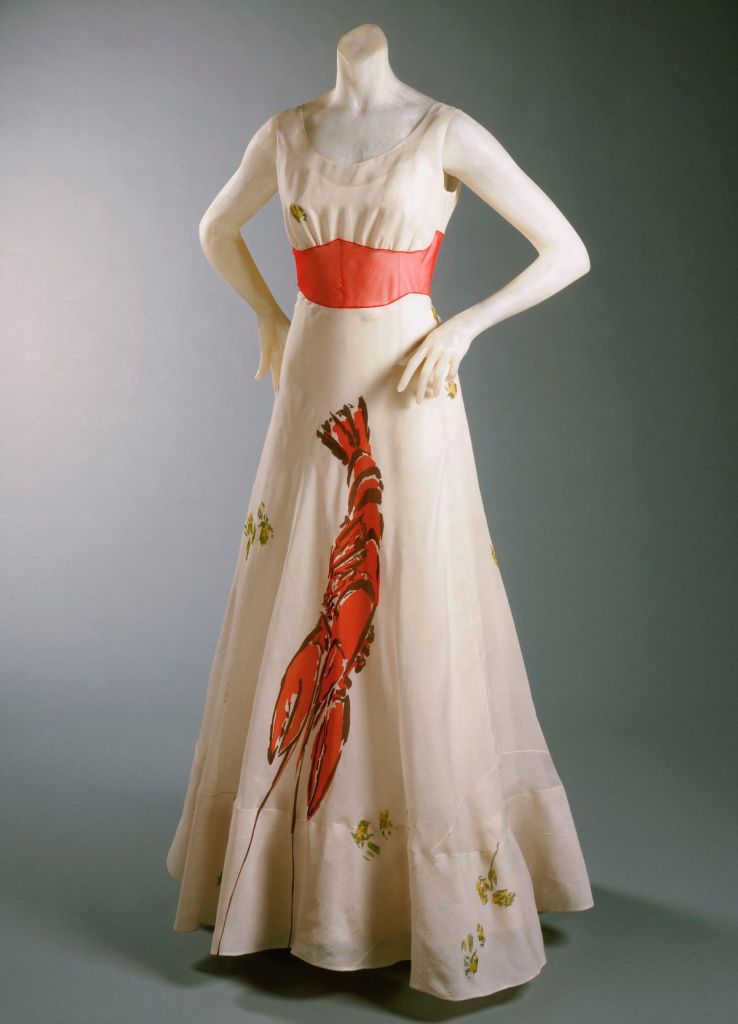
Elsa Schiaparelli and Salvador Dalí, 1937
Courtesy of Philadelphia Museum of Art
Contrary to her established eccentric image, she also enjoyed using traditional fabrics; particularly Scottish tweeds, due to her Scottish heritage. Schiaparelli regularly travelled to Scotland and became close friends with Mrs Farquharson of Clan Farquharson; who was editor of both Vogue and Harper’s Bazaar. Schiaparelli’s likeable personality made her a popular figure in Braemar.
In honour of Schiaparelli, Mrs Farquharson, painted the walls of Braemar Castle in Schiaparelli’s signature ‘shocking pink’. Due to demand to see the rooms, the Farquharsons opened Braemar Castle to the public.
In terms of creativity and idiosyncrasy, the best modern comparison to Schiaparelli is probably the late Alexander McQueen, whom had named Schiaparelli as one of his inspirations. Given McQueen’s beloved Scottish heritage, it is safe to assume Schiaparelli’s popularity in Scotland fuelled his admiration of her.
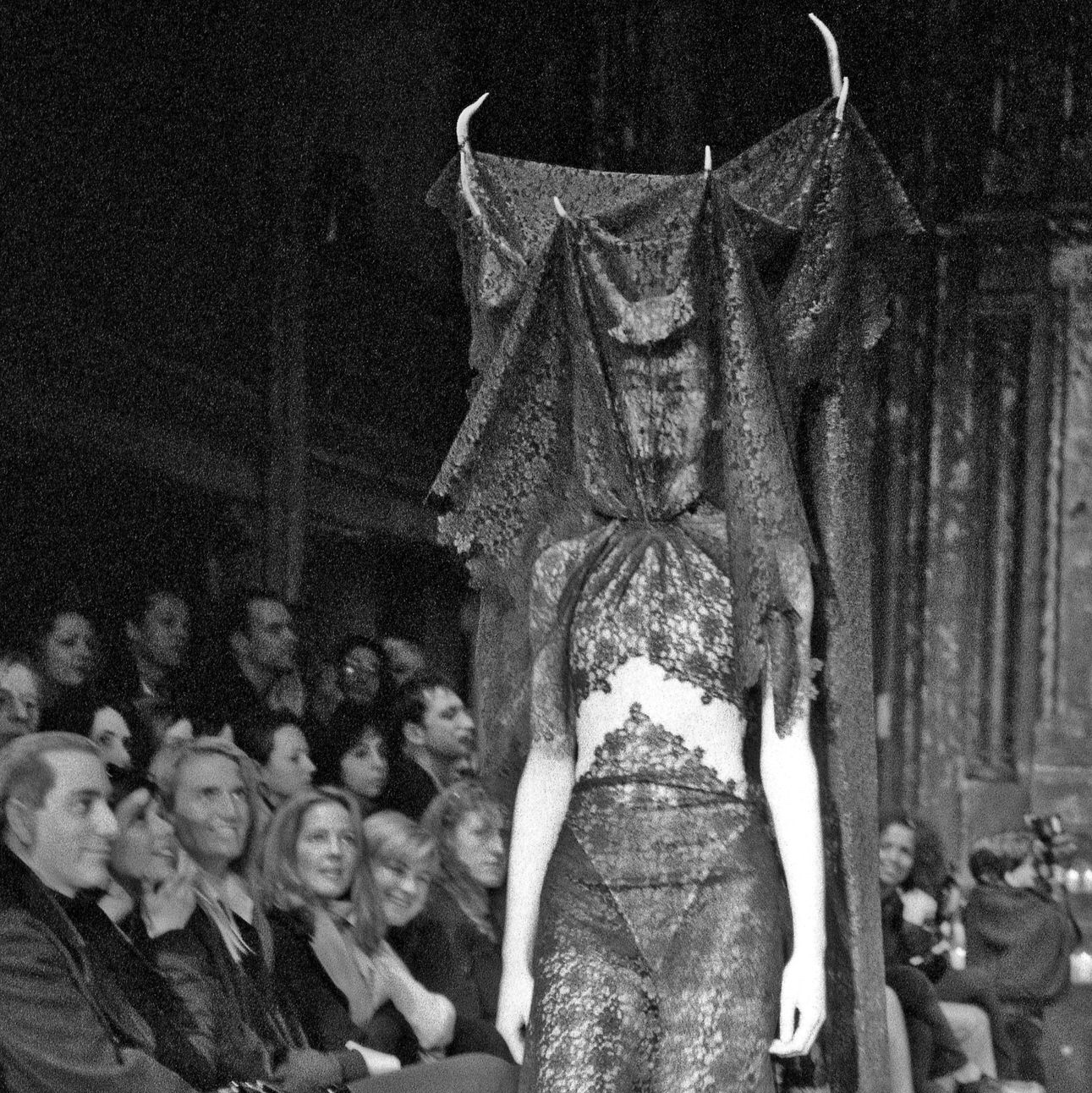
(Catherine McGann, 1996)
Courtesy of Getty Images
Following Schiaparelli’s lead, McQueen’s designs are known for being avant garde, architectural and having strong artistic meaning. Like Schiaparelli did during her time, McQueen always brought a shock factor with his designs. For example his controversial 1995 collection, ‘Highland Rape’, which critics claimed to be misogynistic; but was actually inspired by the “ethnic cleansing” in the Scottish Highlands during the 18th and 19th centuries.
Alexander McQueen collaborated with artist Damien Hirst in 2013 to create a 30 piece scarf collection to celebrate the 10th anniversary of McQueen’s signature skull scarves. Inspired by Damien Hirst’s Entomology series, the scarves were decorated in various insects; the juxtaposition of ‘ugly’ creatures and fine clothing being reminiscent of Schiaparelli x Dali’s ‘Lobster’ dress.

(Sølve Sundsbø, 2013)
© 2013 Alexander McQueen Trading Ltd
© Damien Hirst and Science Ltd. DACS 2013
The idea of collaboration between creatives was very forward thinking for Schiaparelli’s time. While Schiaparelli introduced the idea of merging art and fashion through her wacky designs, her partnership with Salvador Dali, and other artists later on, made the link between the two industries official.
Collaborations between brands and artists is something we see all the time today. Collaborations with brands has almost become an essential marketing tool to ensure a brand’s relevancy. The fact that Schiaparelli and Salvador were able to think of doing something that has become so relevant and almost mandatory in fashion today, proves just how much of an innovative and creative thinker she was.
“The only real artist in the couture,”
Cristóbal Balenciaga on Elsa Schiaparelli
